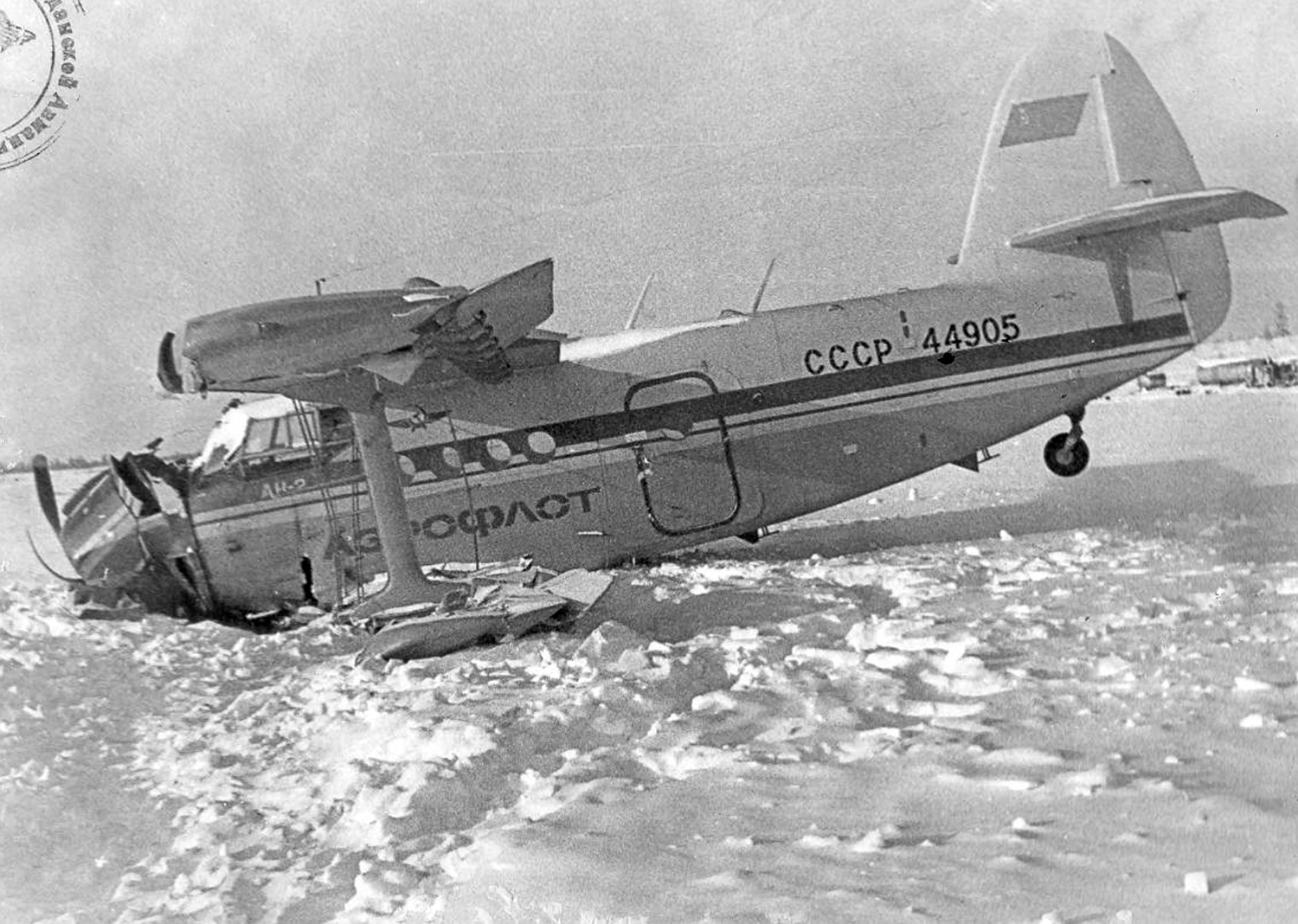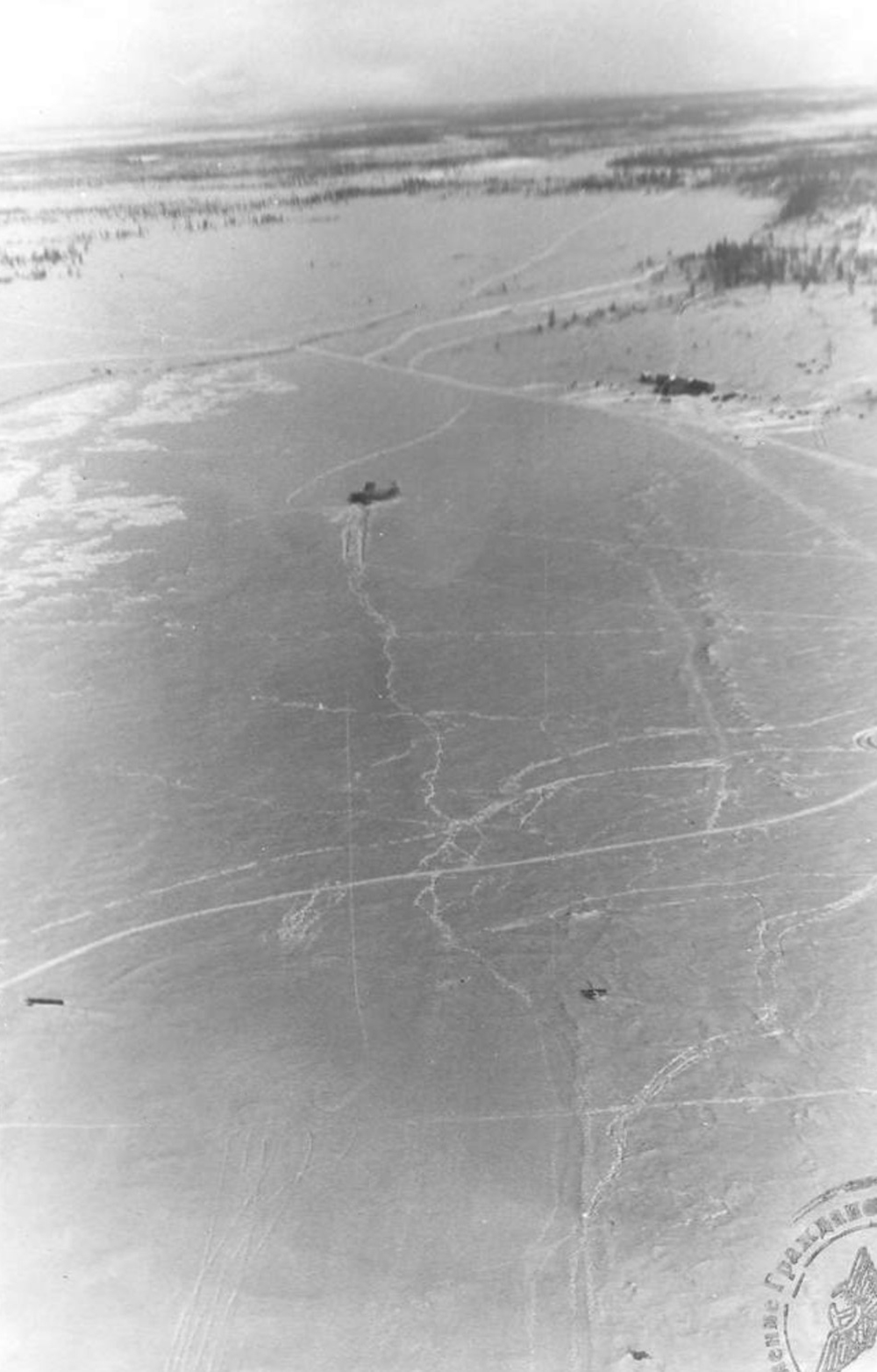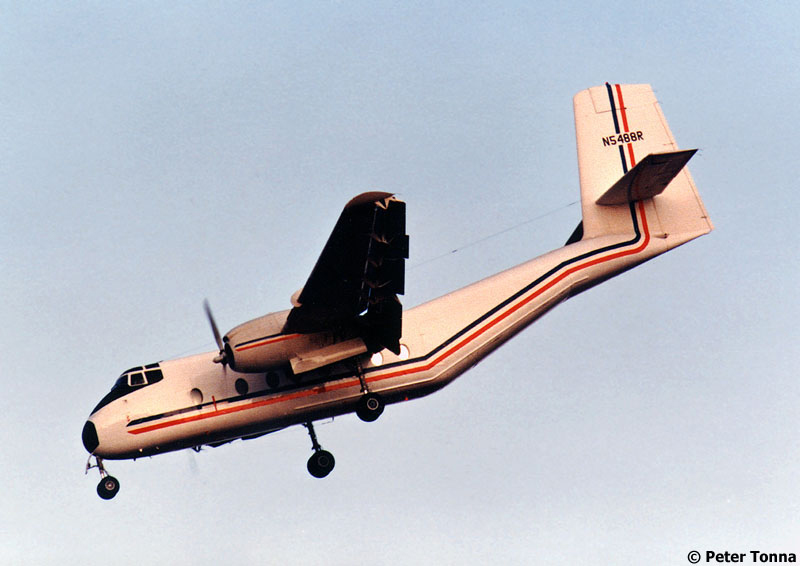Crash of a Beechcraft C90 King Air in Warwick: 2 killed
Date & Time:
Nov 27, 1985 at 0541 LT
Registration:
N220F
Survivors:
No
Schedule:
Morristown - Warwick
MSN:
LJ-981
YOM:
1981
Crew on board:
2
Crew fatalities:
Pax on board:
0
Pax fatalities:
Other fatalities:
Total fatalities:
2
Captain / Total hours on type:
200.00
Aircraft flight hours:
1472
Circumstances:
The aircraft crashed about nine miles short of the runway during an ILS approach to Warwick, RI in IMC weather. The aircraft had been cleared to descend from 13,000 to 3,000 feet. The aircraft crashed outside the outer marker. The copilot had reported the aircraft as inside the outer marker. The crew did not report any aircraft problems. The approach procedure requires that the flight cross the outer marker at 1,800 feet msl five miles from touchdown. Minimum weather is 200 feet ceiling and 1/2 mile visibility. Surface observation at time of the accident was 300 feet overcast with 1 1/2 mile visibility. Post accident exam of the wreckage failed to disclose any malfunctions or failures in the equipment. Both occupants were killed.
Probable cause:
Occurrence #1: in flight collision with object
Phase of operation: approach - iaf to faf/outer marker (ifr)
Findings
1. Object - tree(s)
2. (c) ifr procedure - not used - pilot in command
3. (c) decision height - below - pilot in command
4. Altitude - not maintained - pilot in command
Phase of operation: approach - iaf to faf/outer marker (ifr)
Findings
1. Object - tree(s)
2. (c) ifr procedure - not used - pilot in command
3. (c) decision height - below - pilot in command
4. Altitude - not maintained - pilot in command
Final Report:








